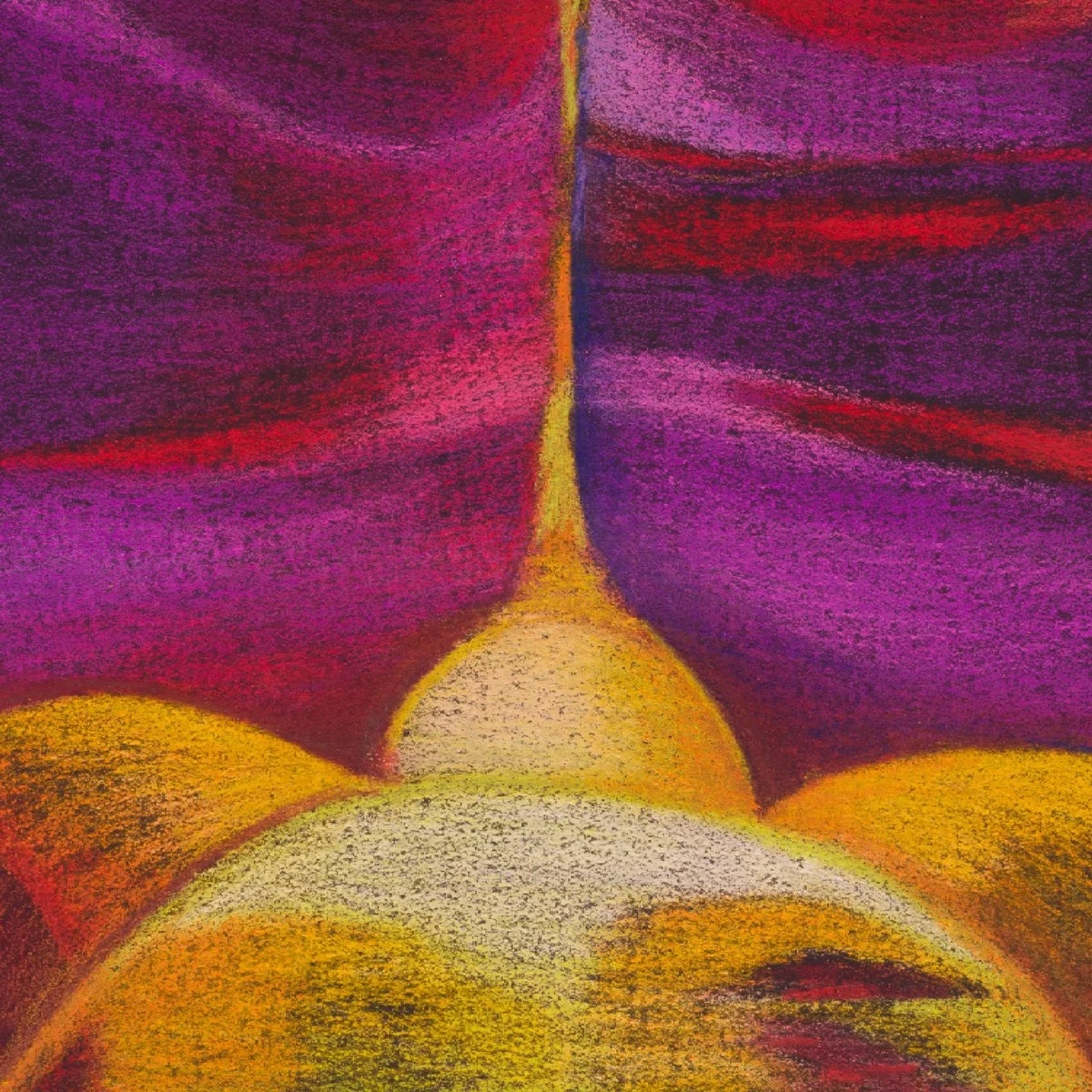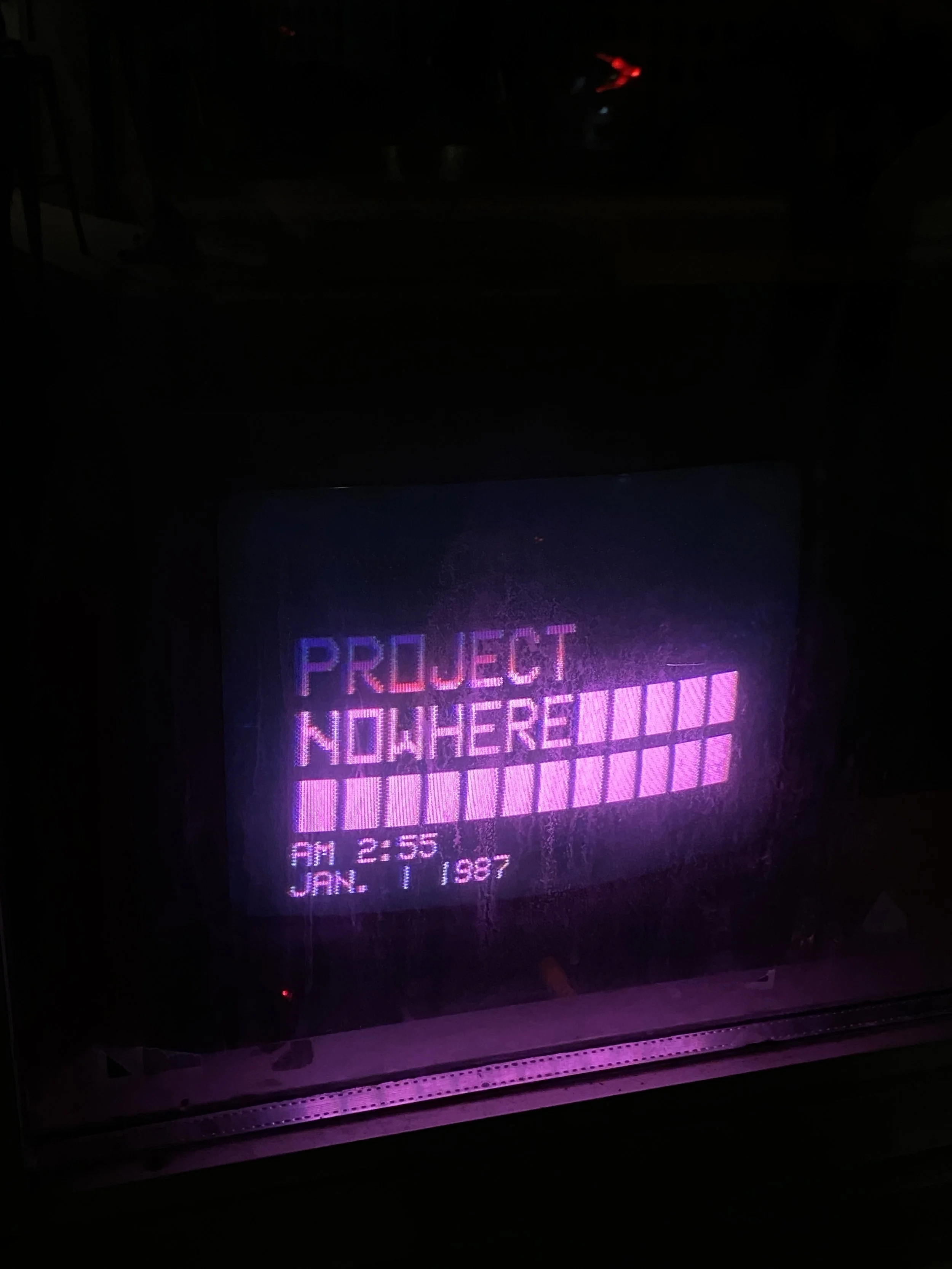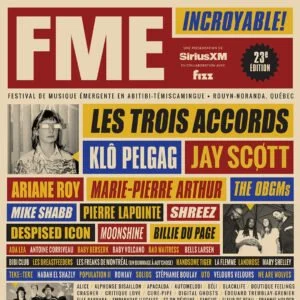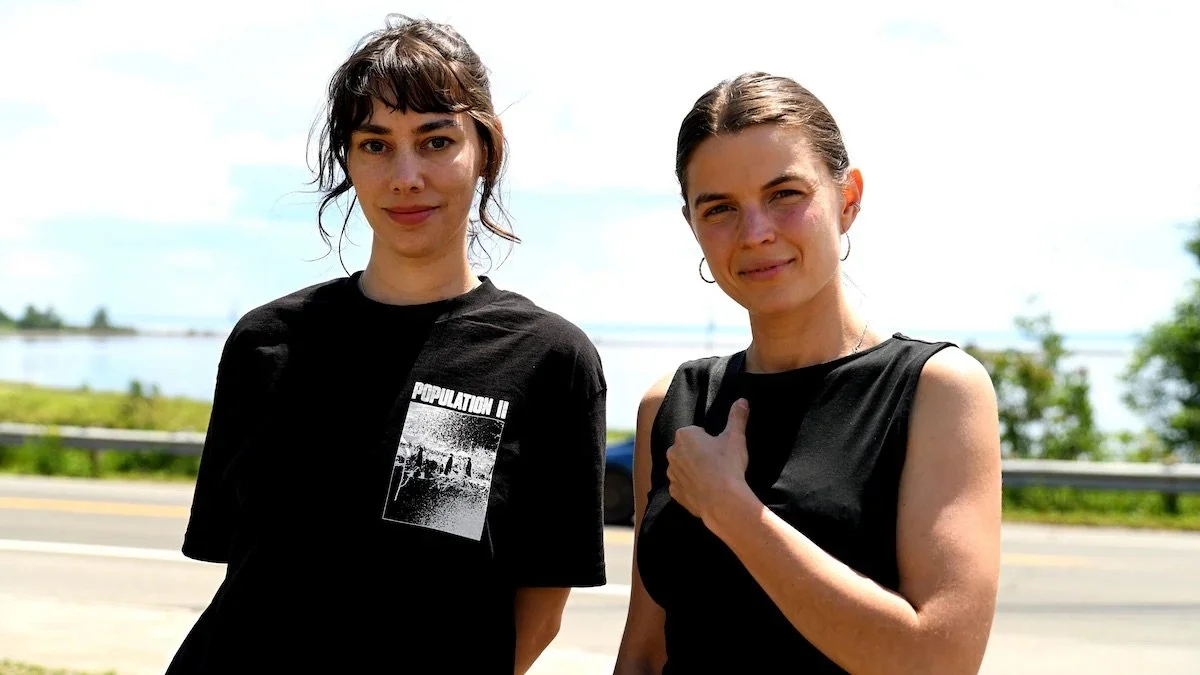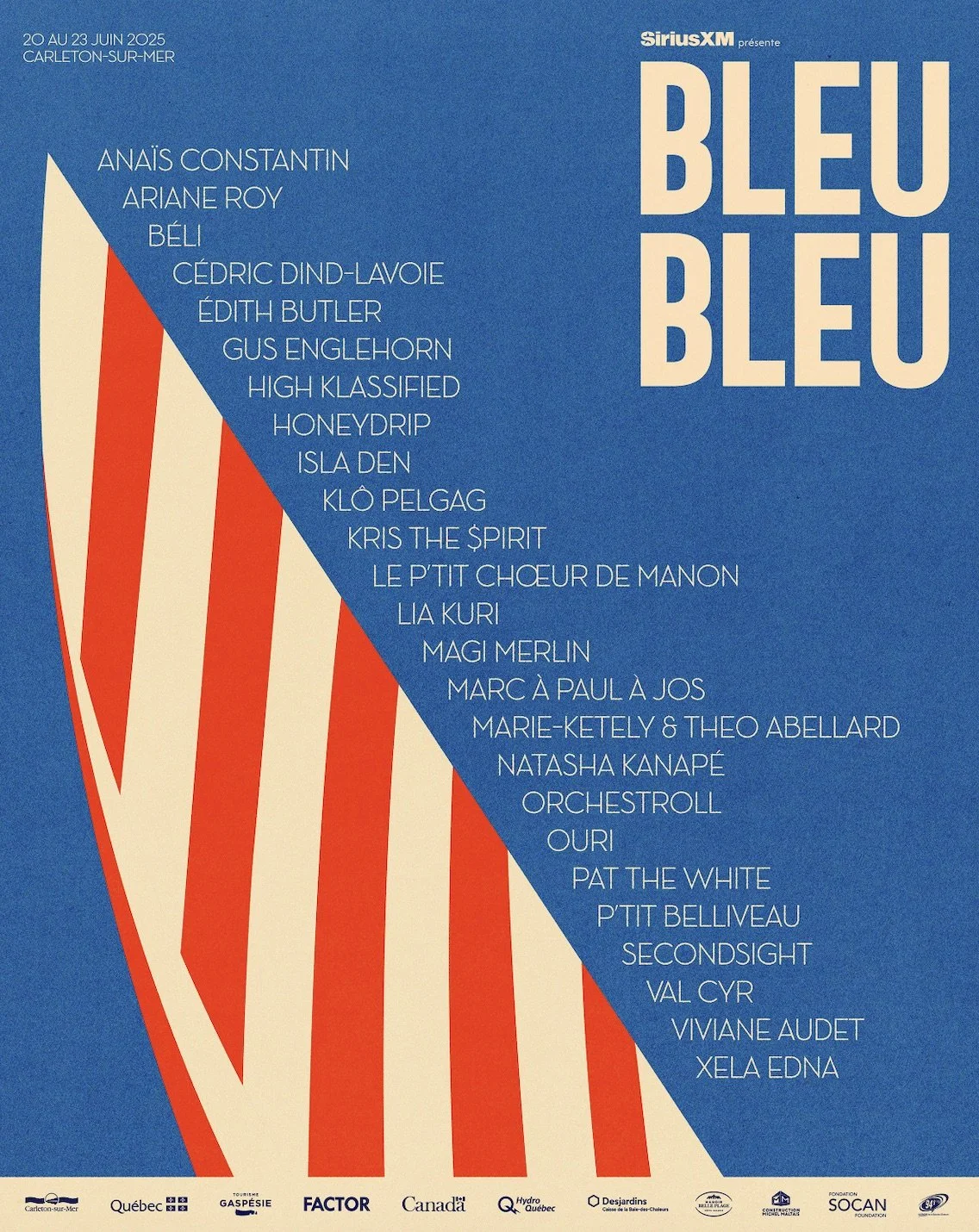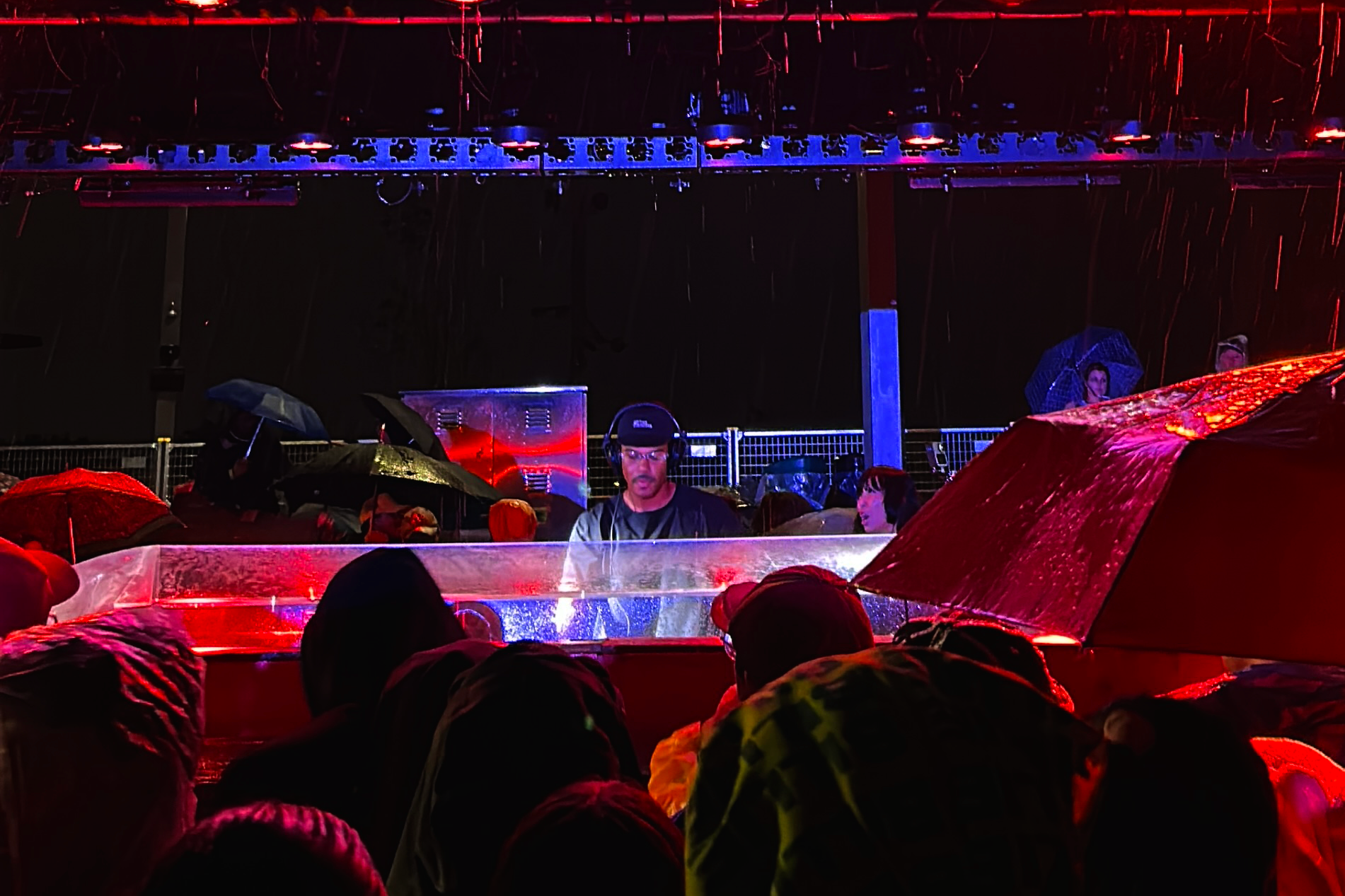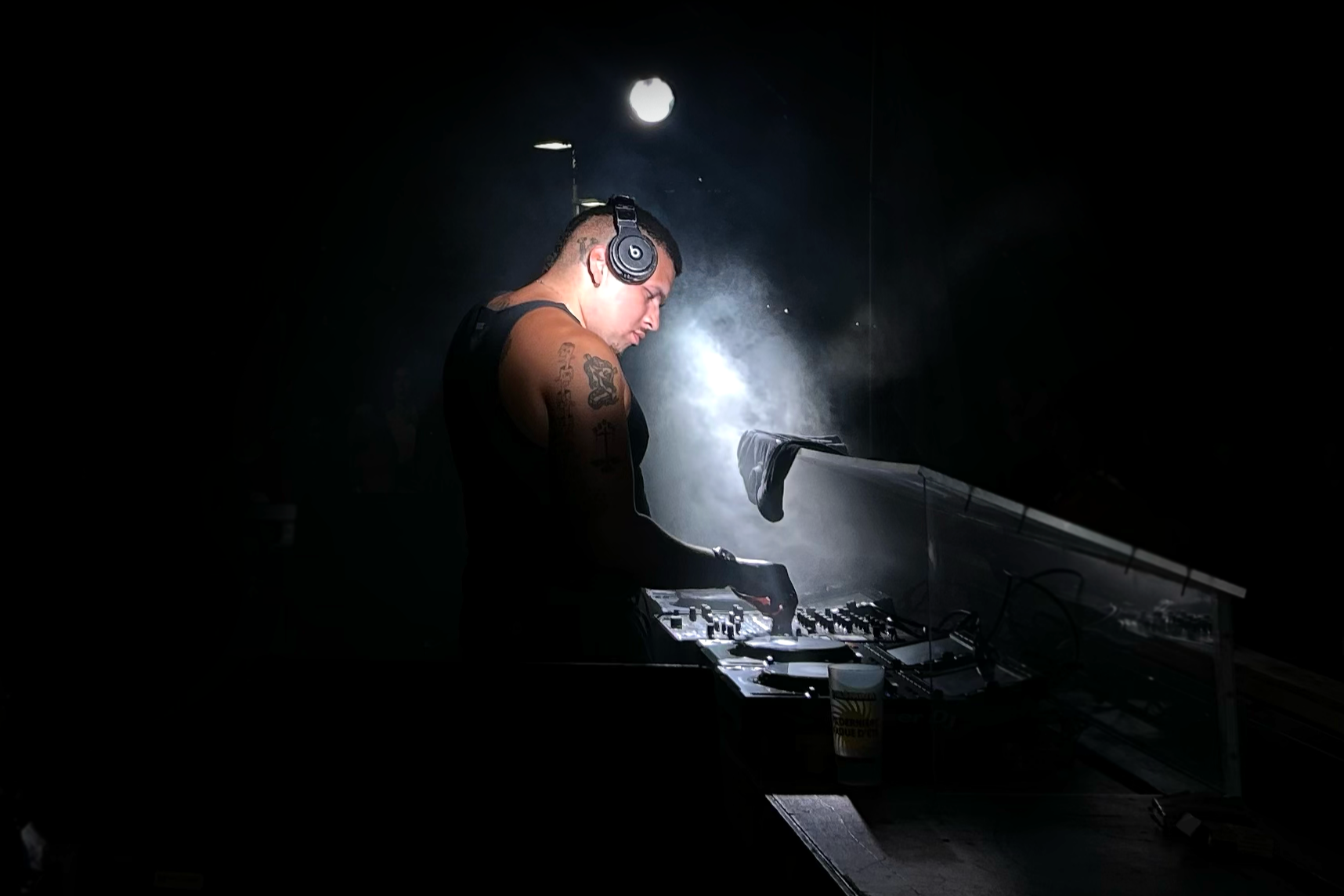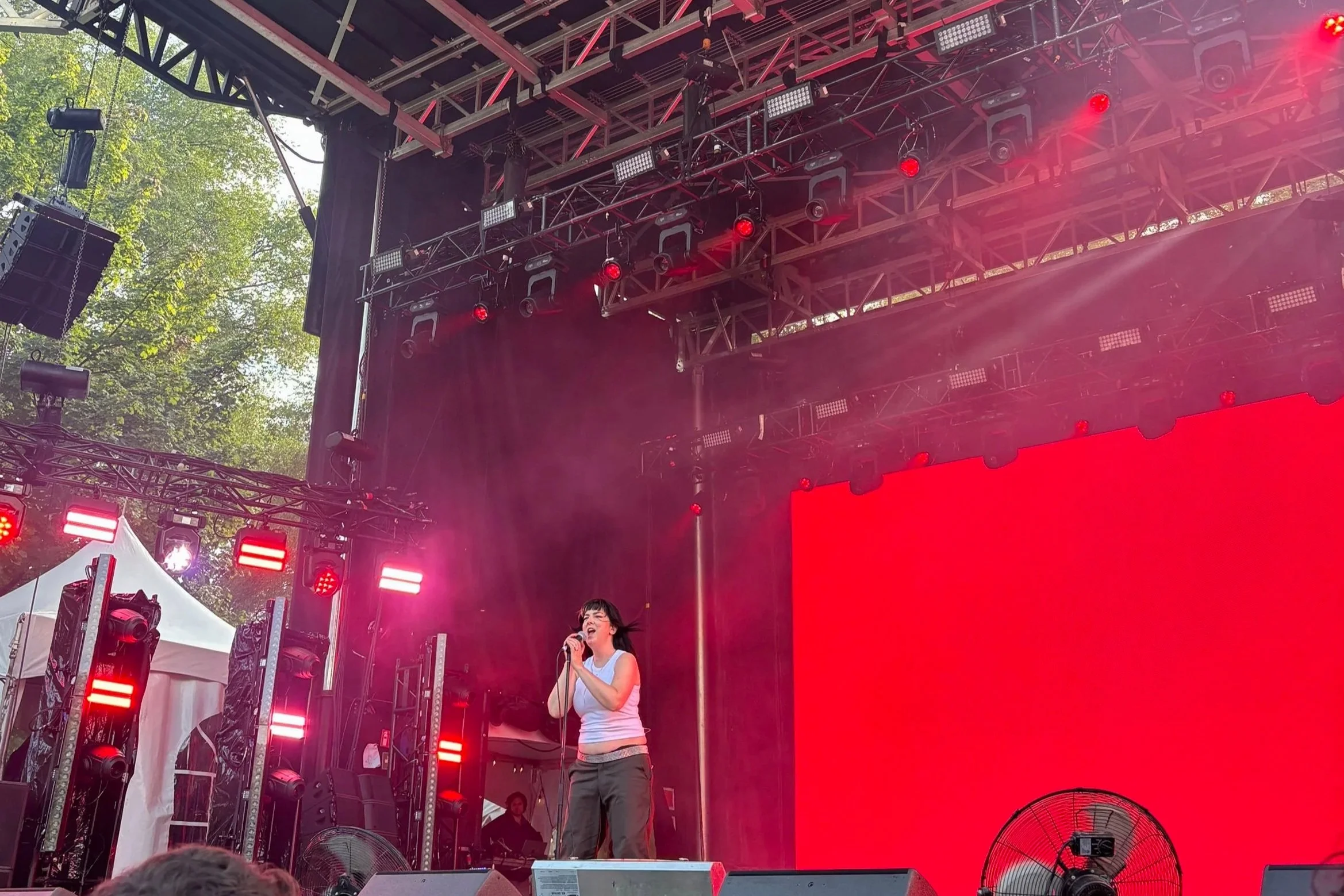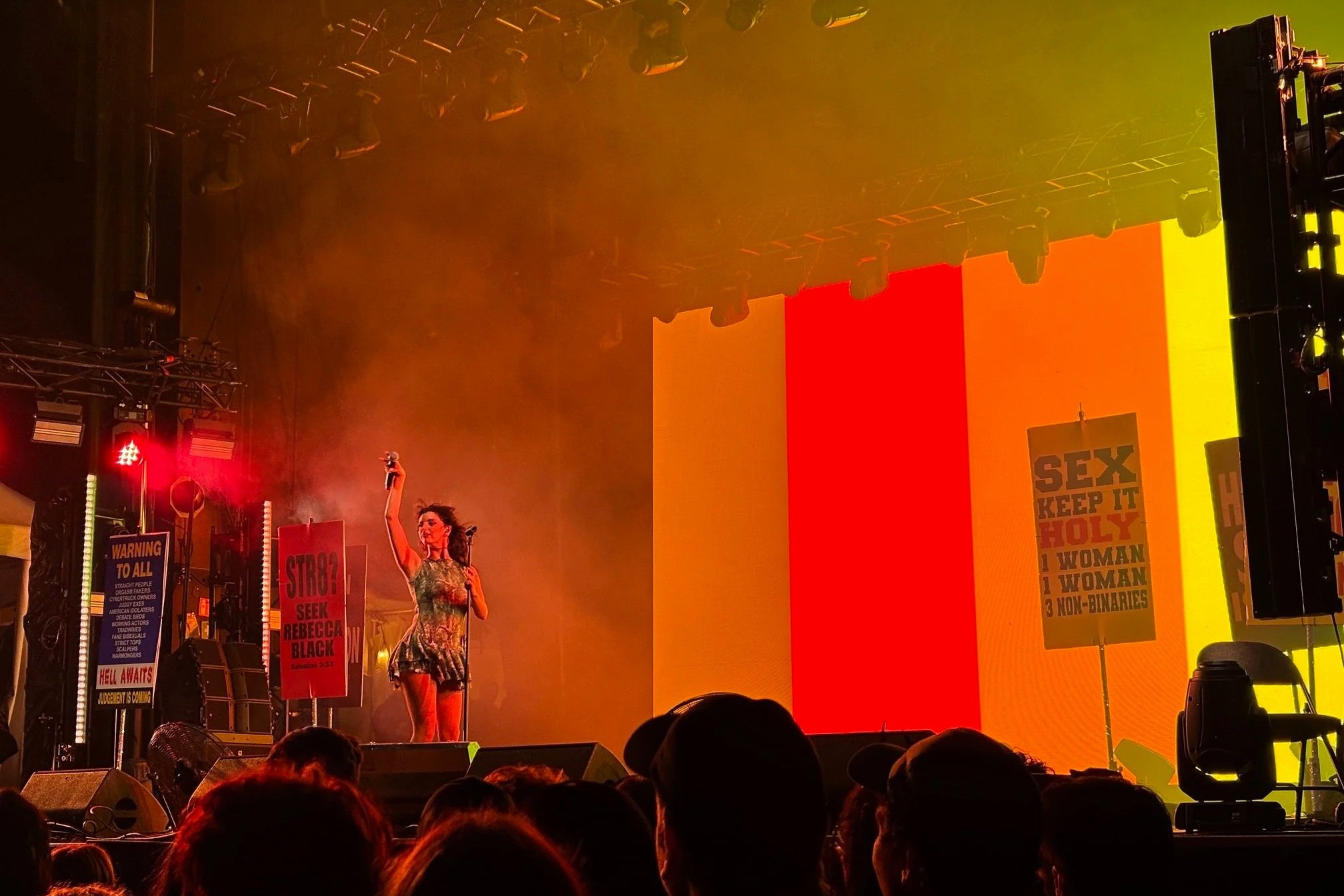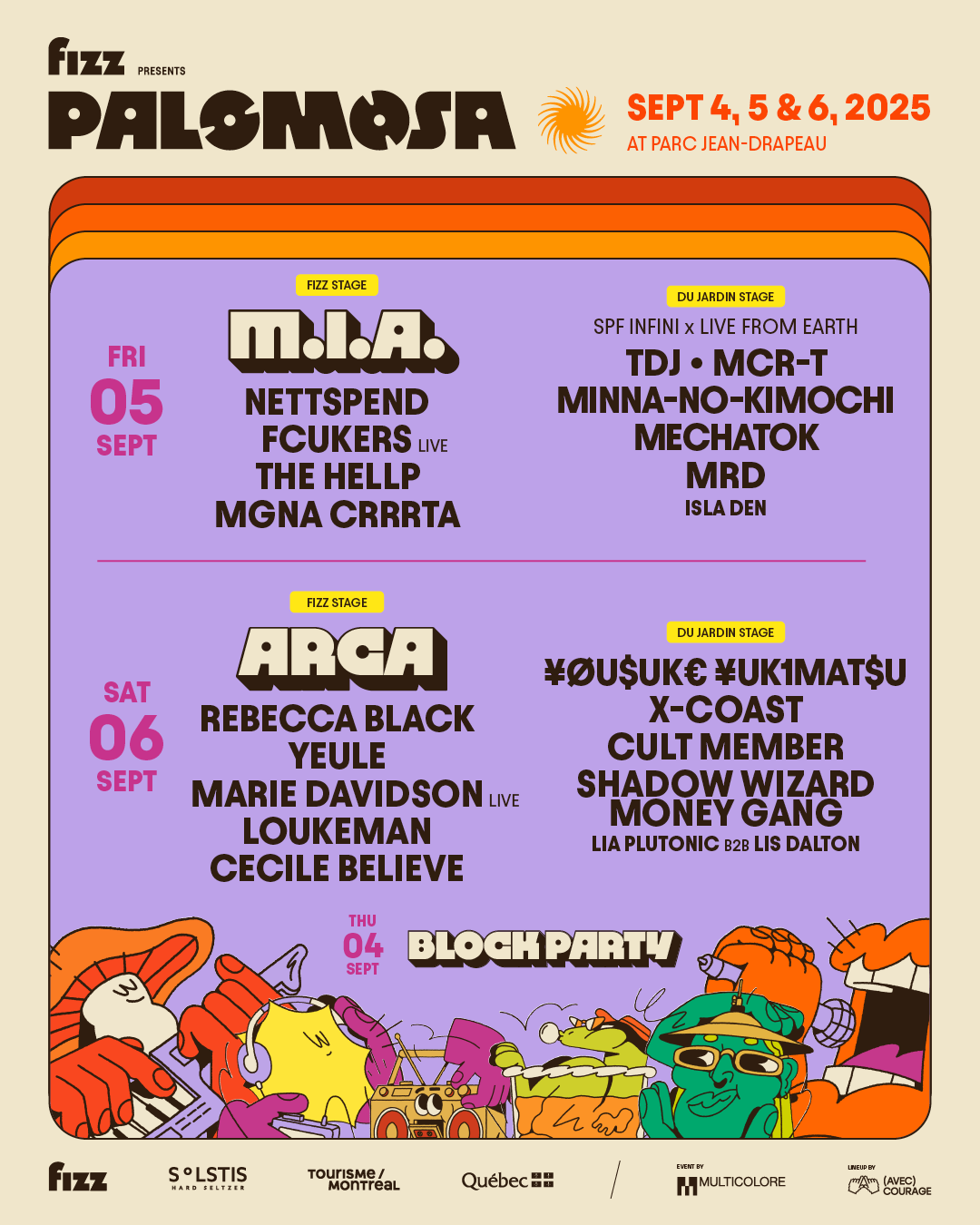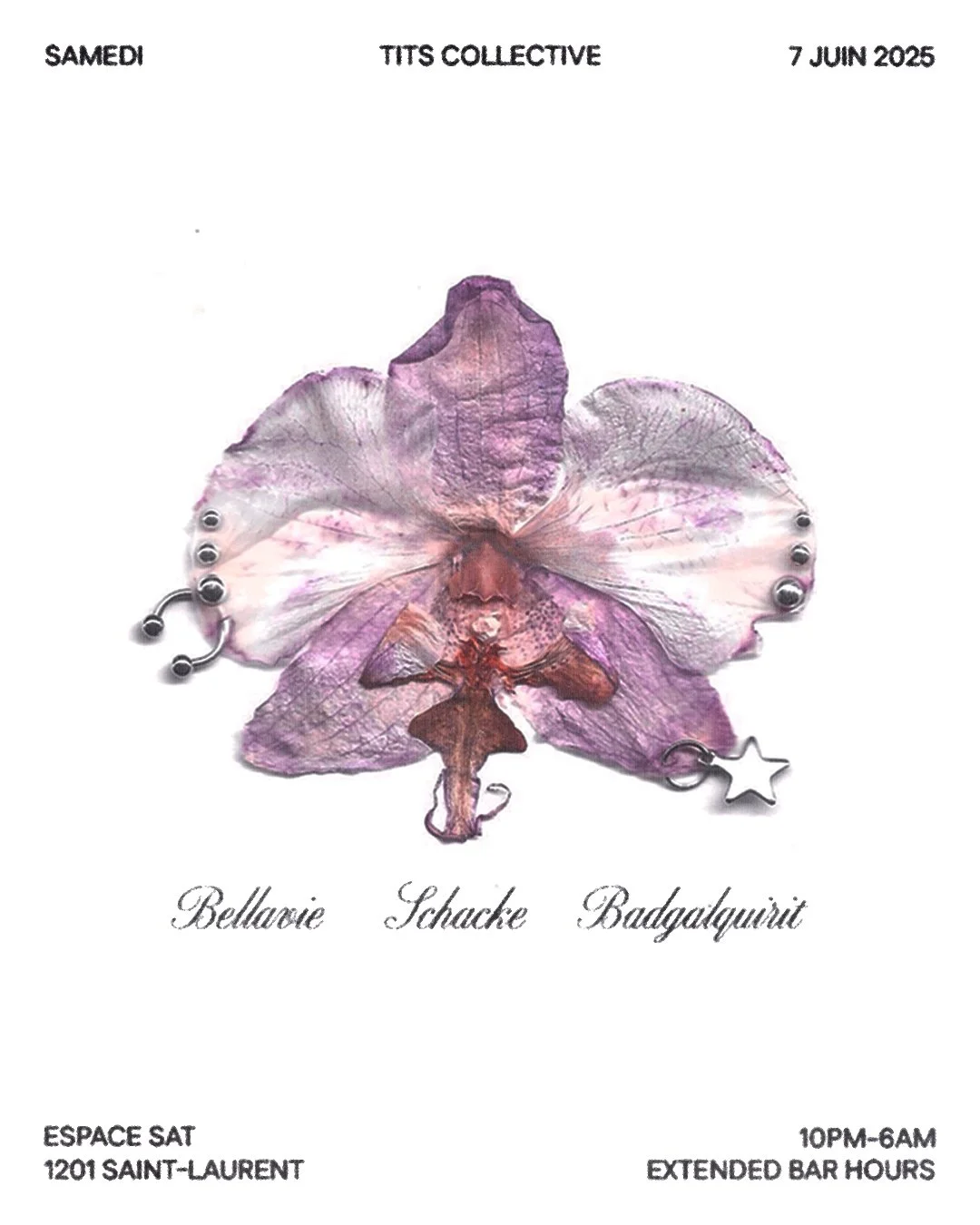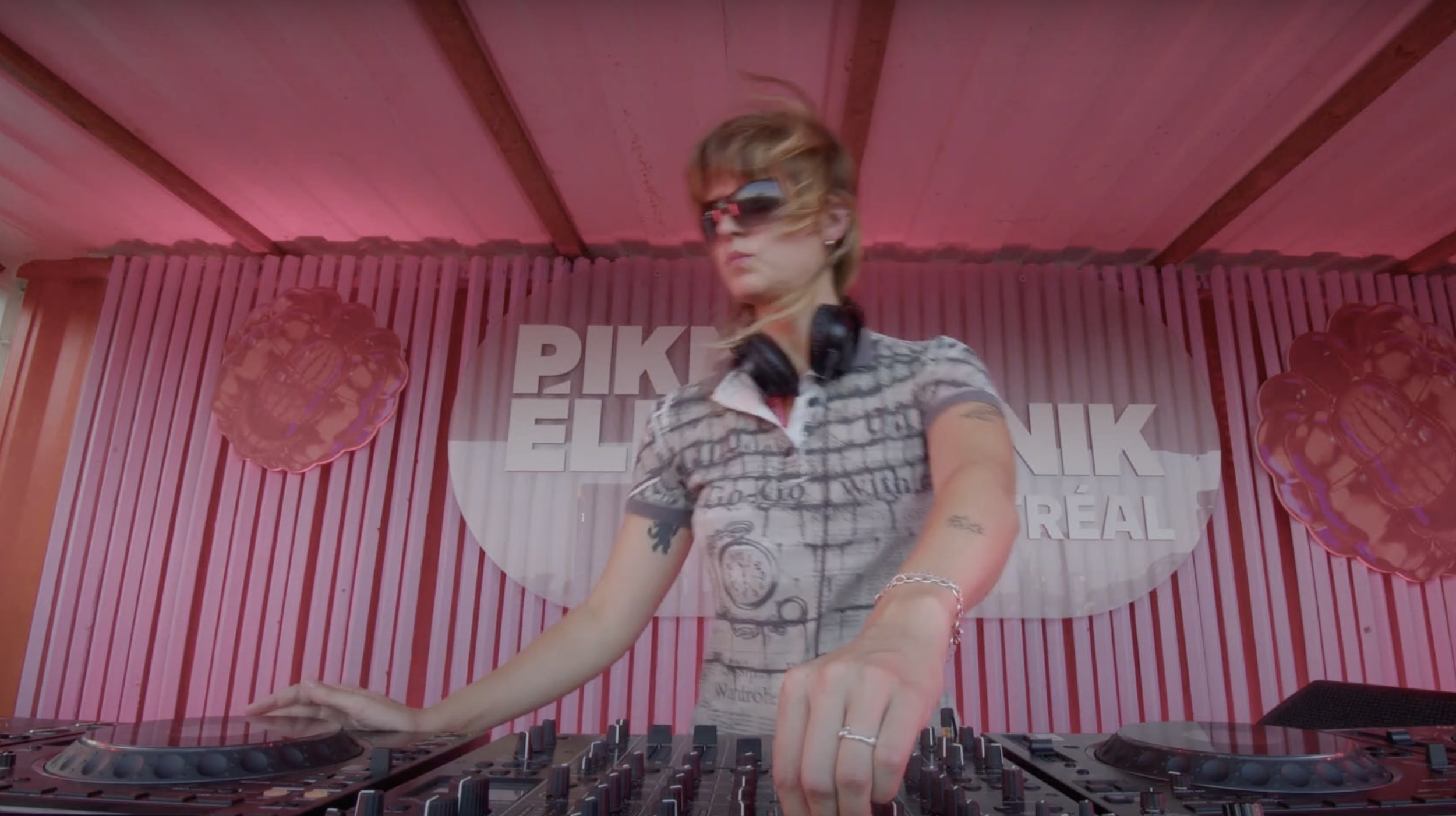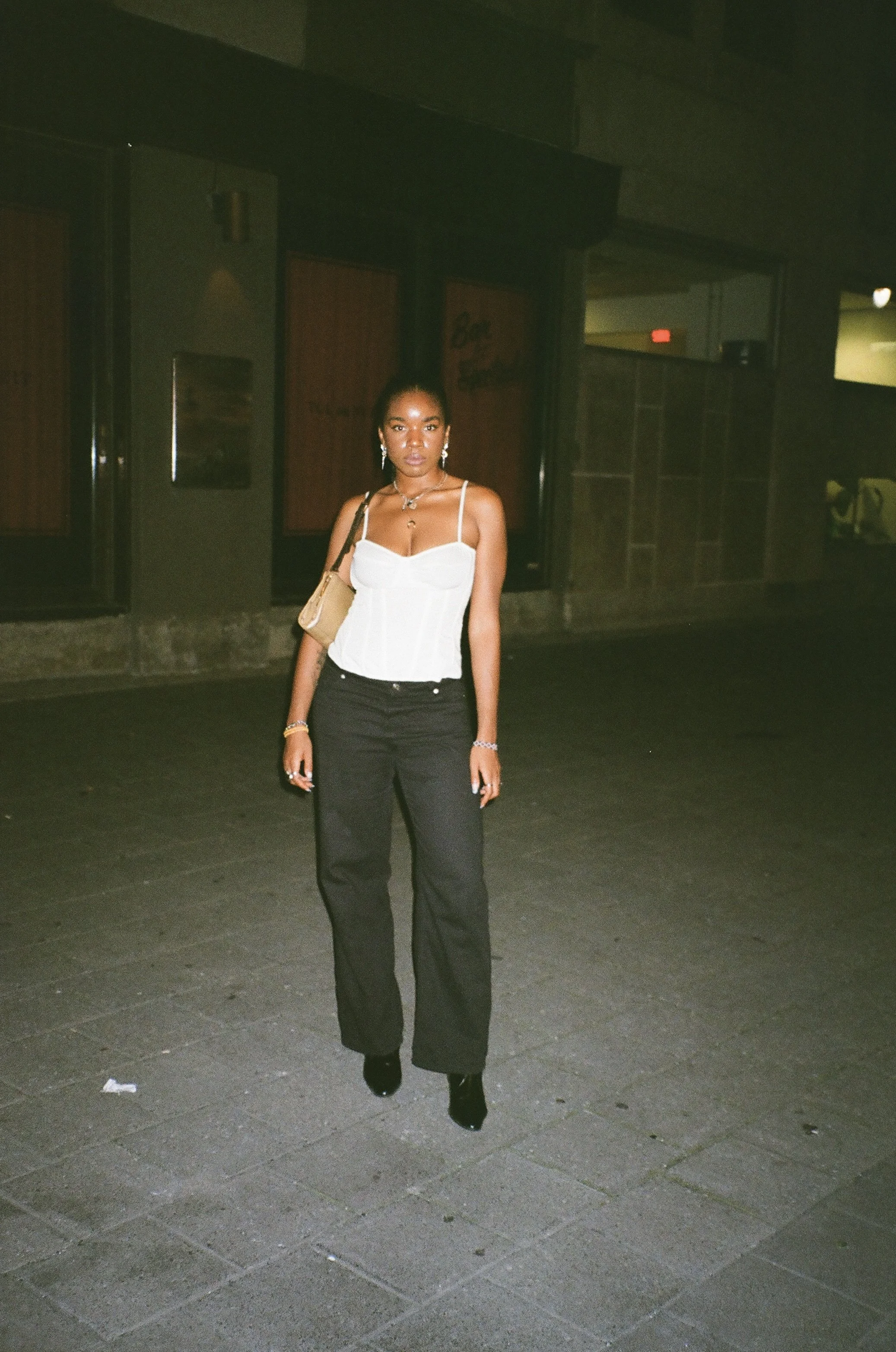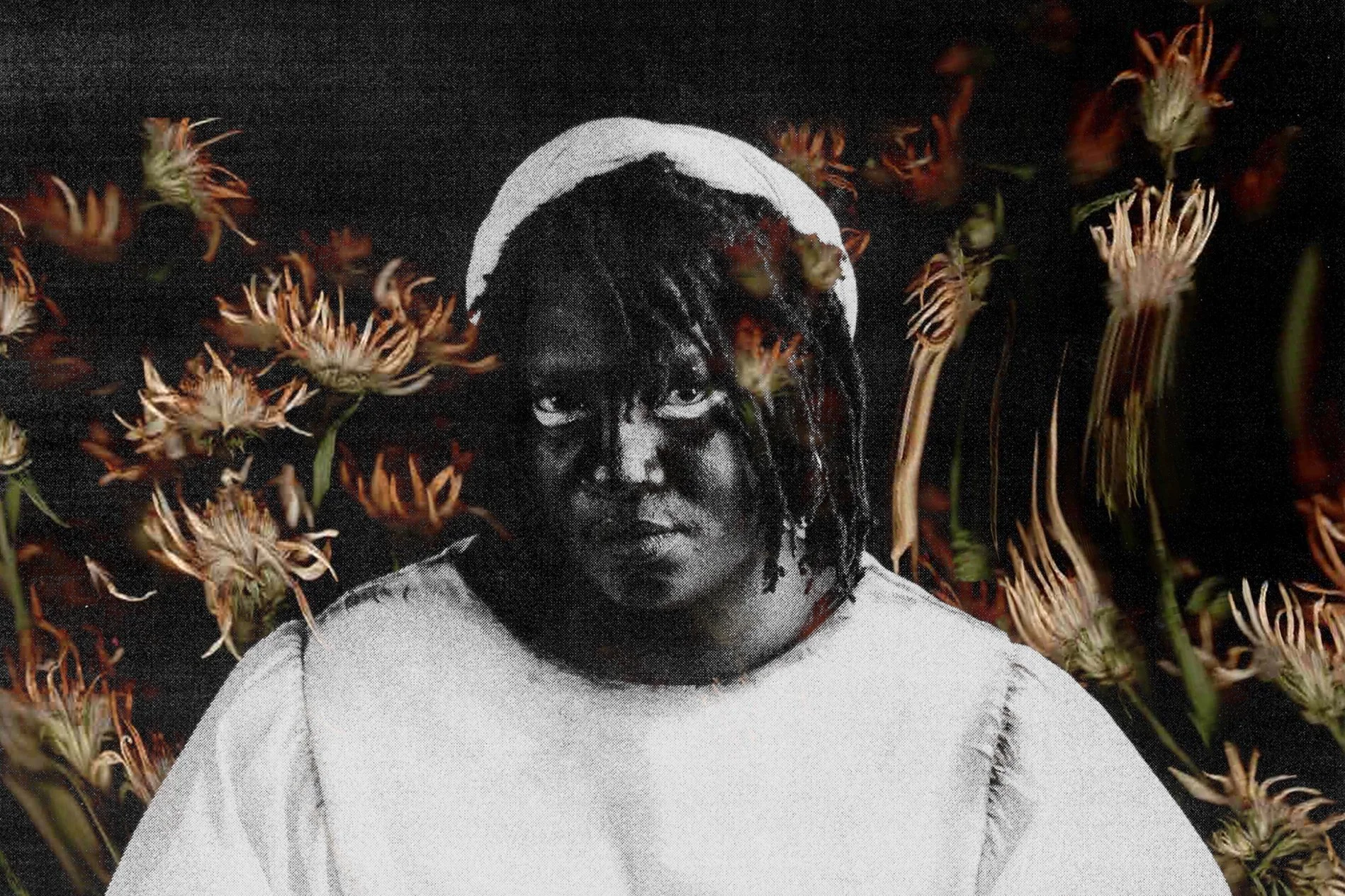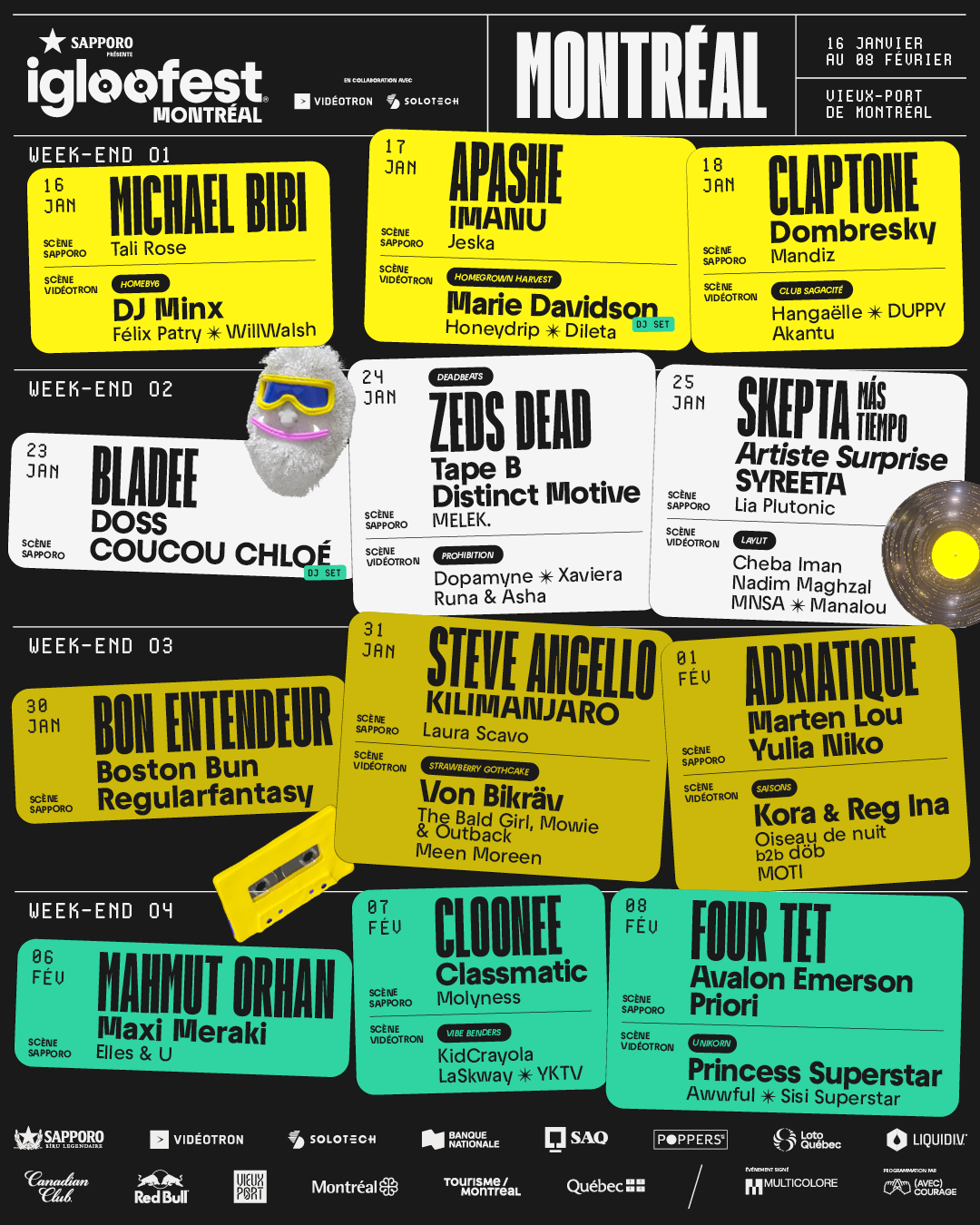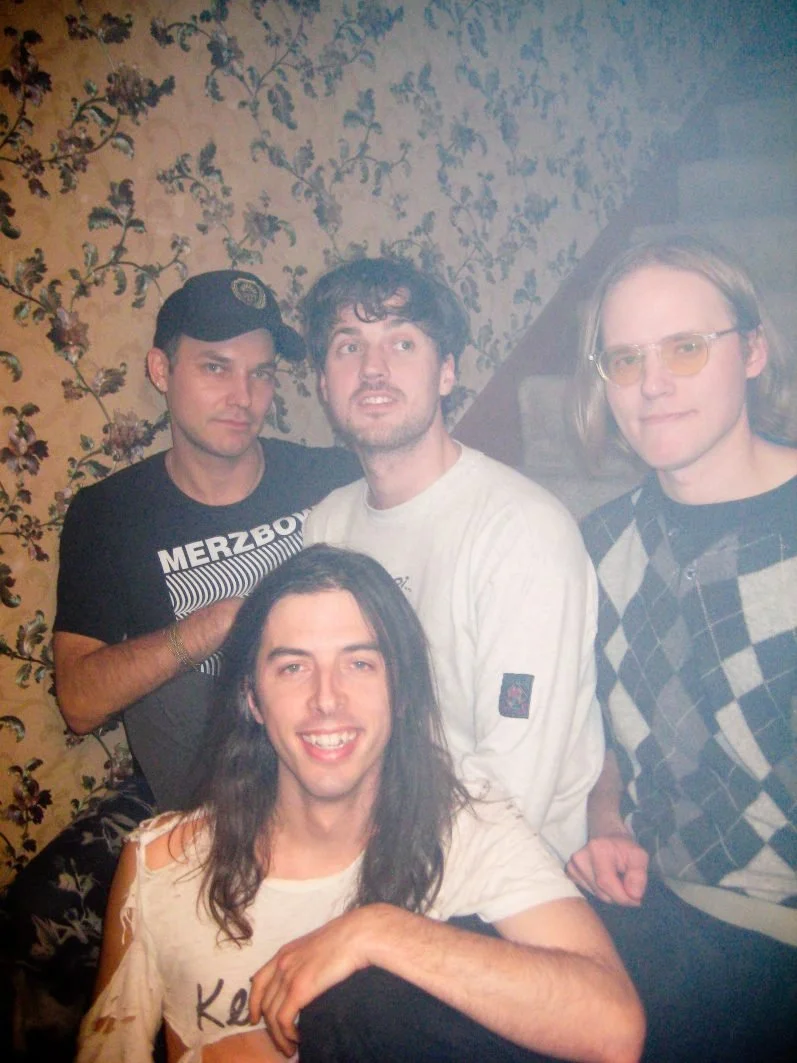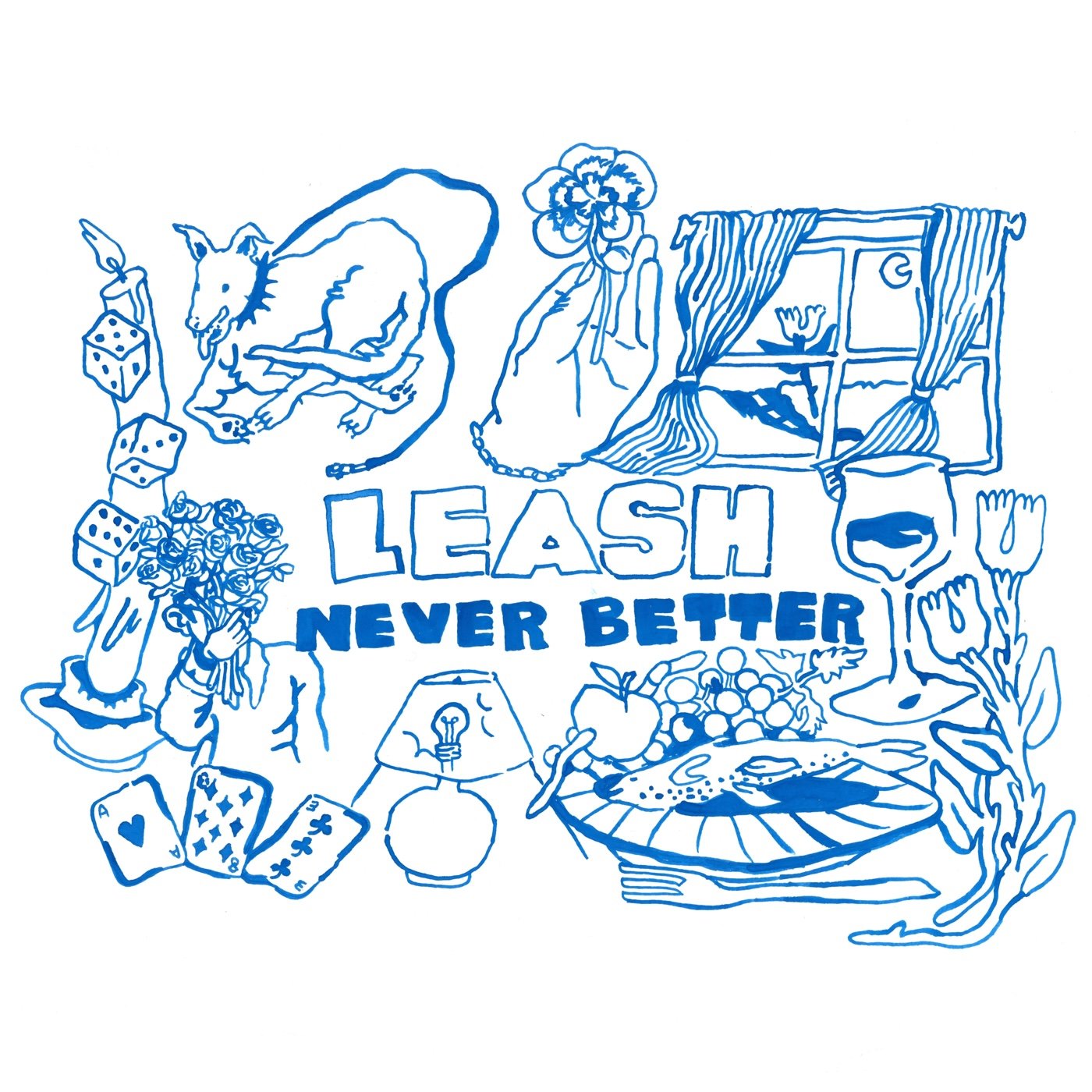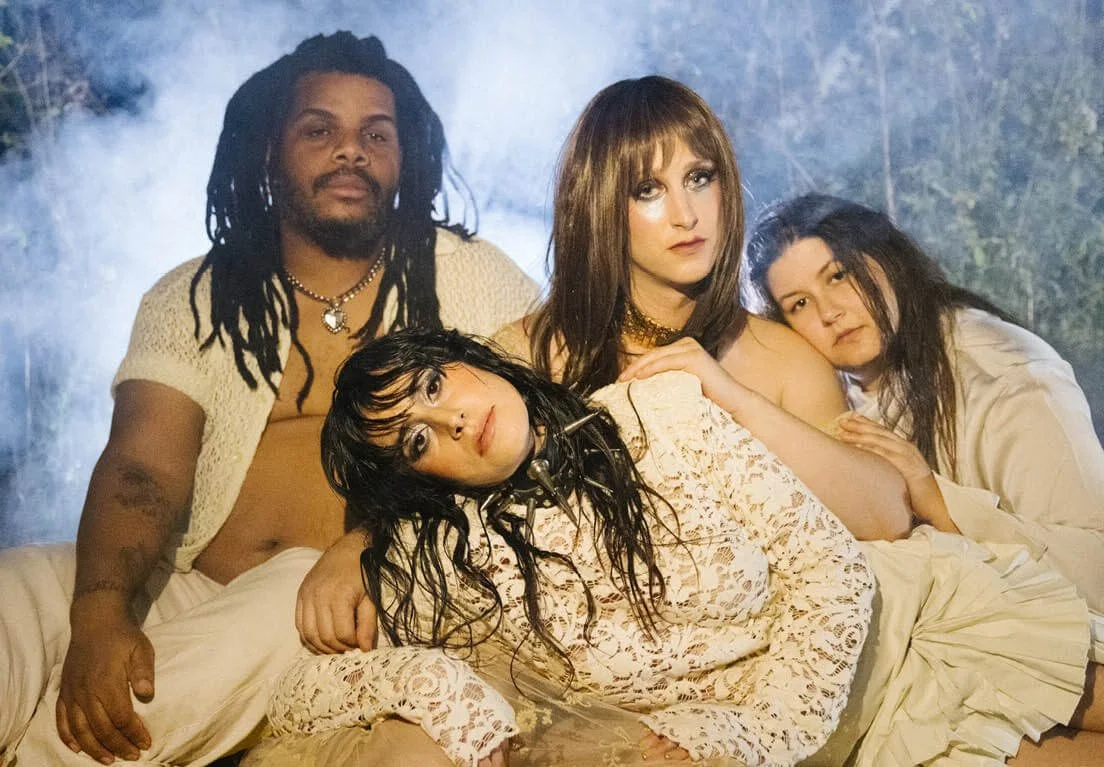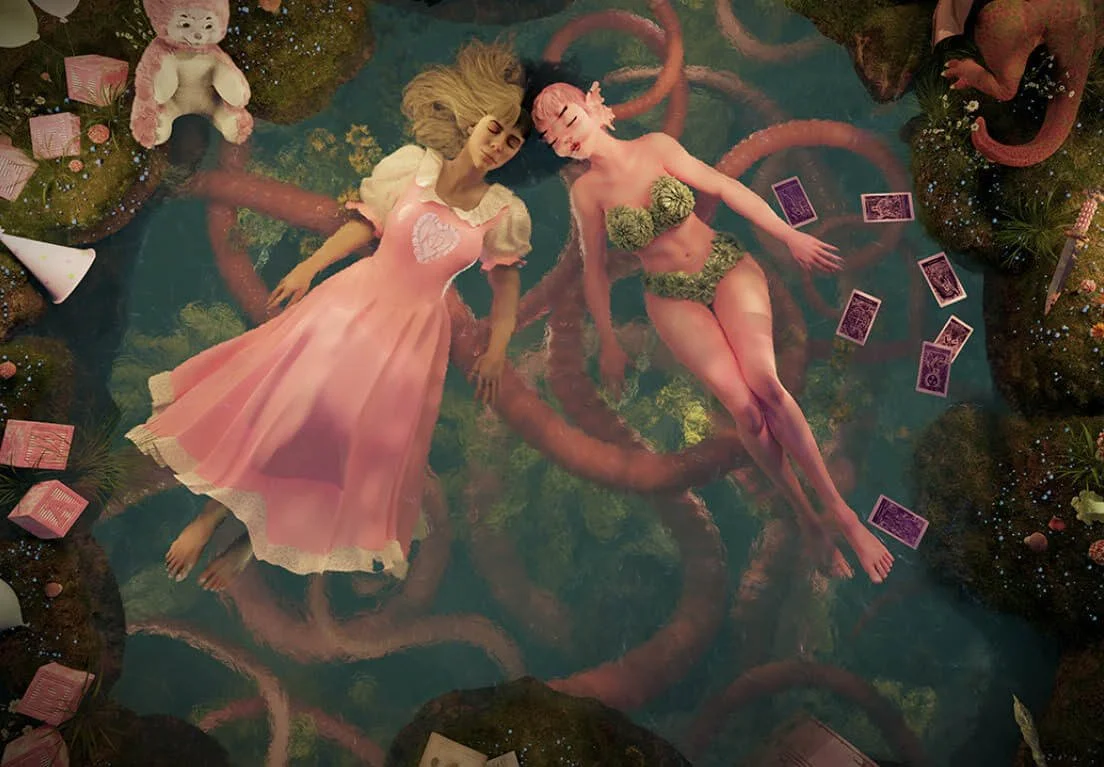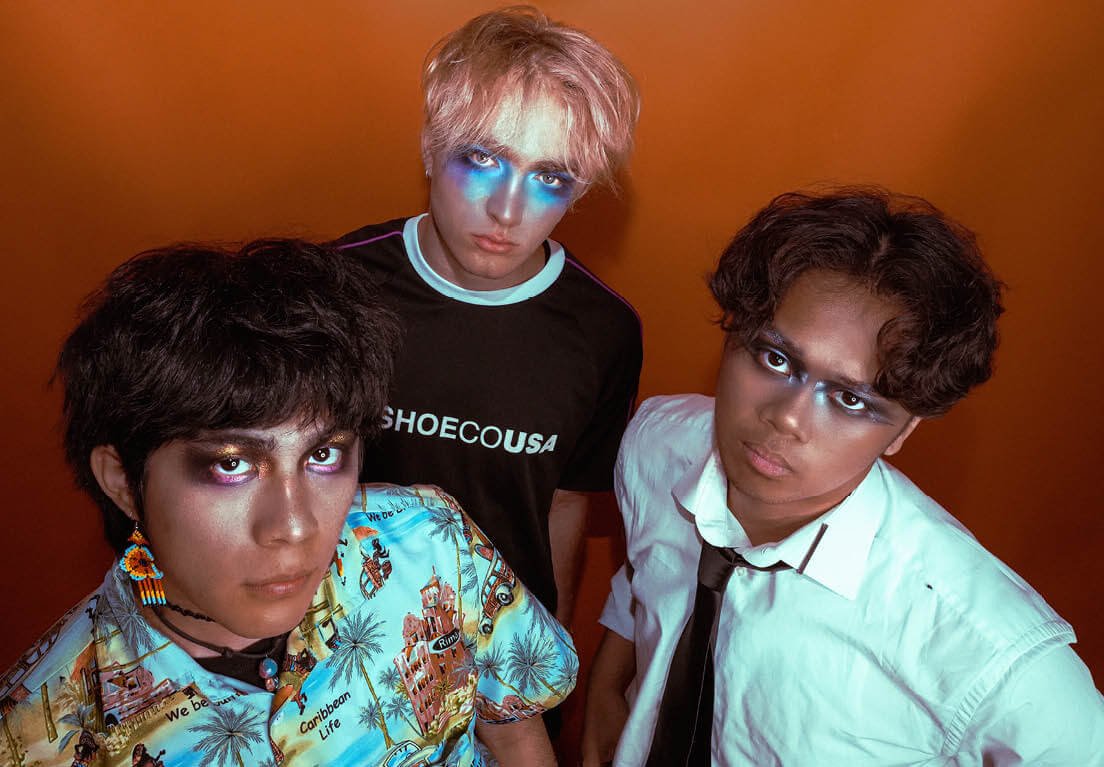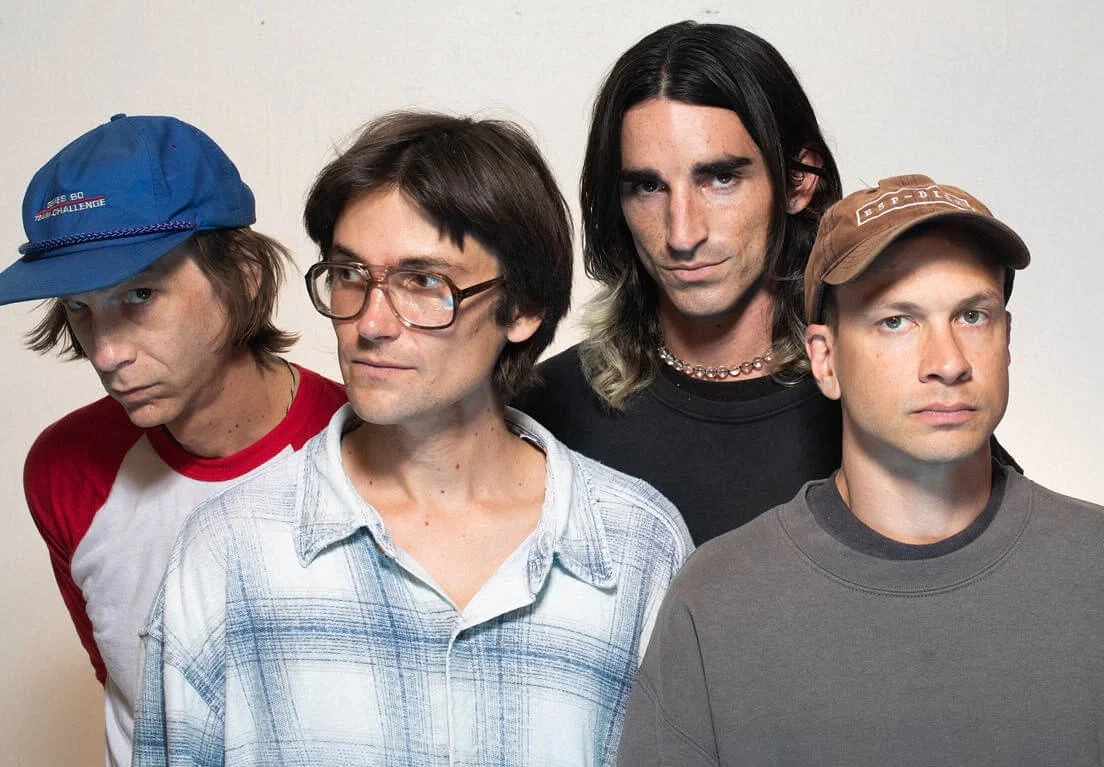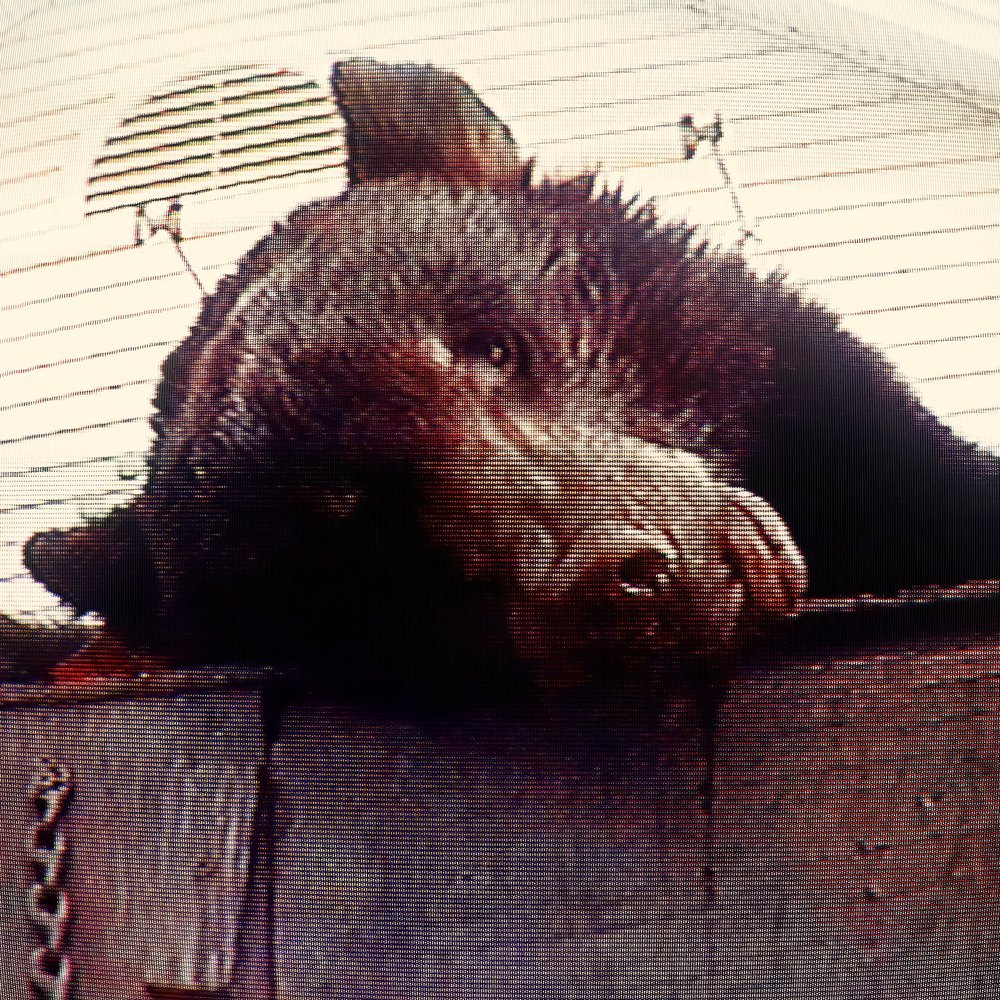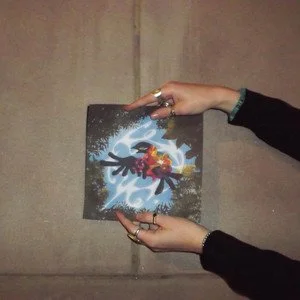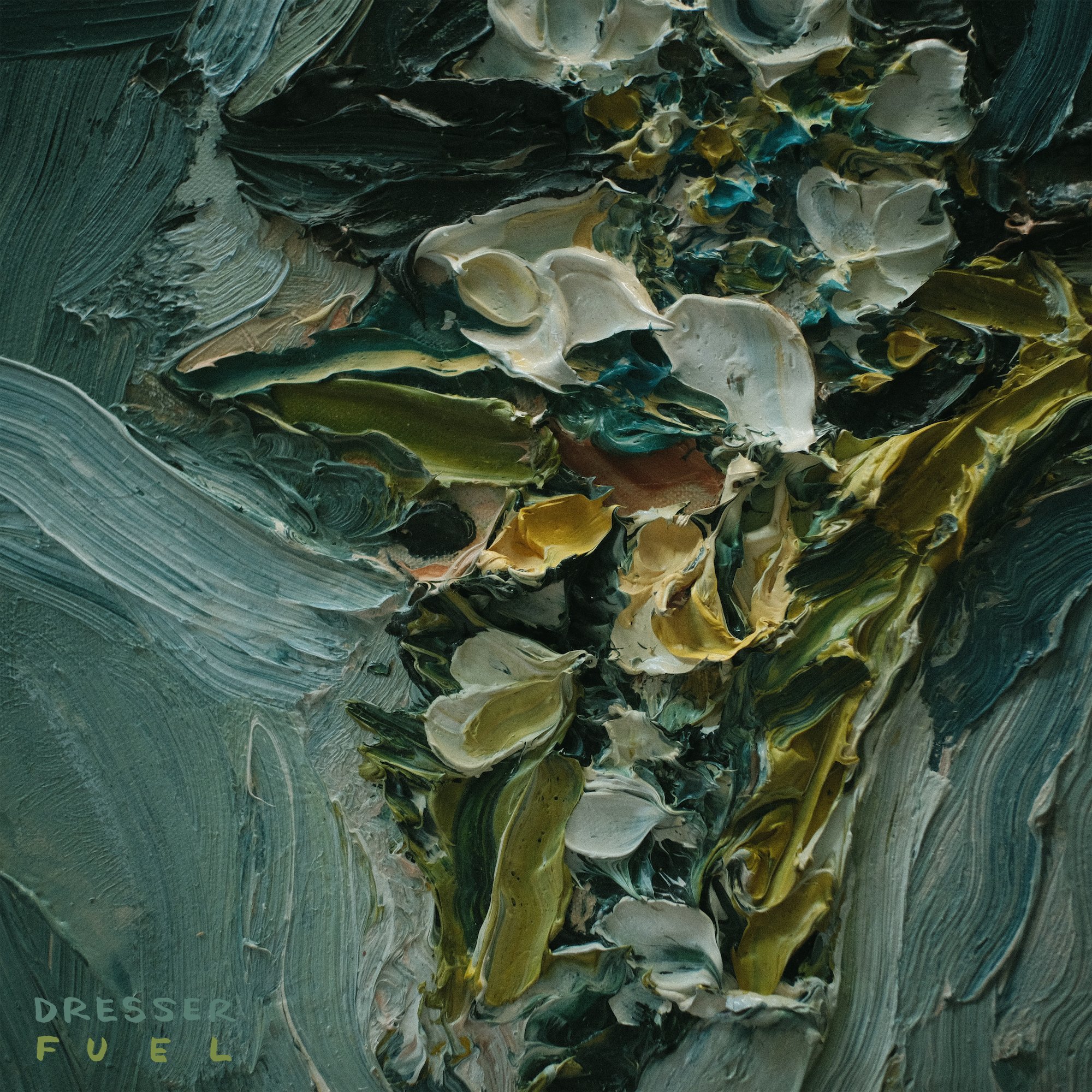In His Own Words: Nick Bendzsa Reflects On Folk-Trap Debut "Very Soft Glow"
Very Soft Glow, album artwork by Élise LaFontaine
This past spring, Montreal multi-instrumentalist and producer Nick Bendzsa assumed new artistic territory with the release of Very Soft Glow. Quietly retiring his St. John's Newfoundland-born moniker Hullo, Very Soft Glow is Bendzsa’s debut under his own name—signaling a bold shift in stylistic and conceptual approach.
Pairing elements of alternative folk and midwestern emo with a Soundcloud trap underbelly, Very Soft Glow is a candid chronicling of Bendzsa’s reflections on heartbreak, intimacy and the ache that comes with the passing of time. Recorded partly in Bendzsa’s home studio and that of his alma mater McGill University, Very Soft Glow is equally a testament to Bendzsa’s growth as an audio engineer. Throughout, Bendsza effortlessly introduces moving coral arrangements and gestural brass and wind tones into his polished pop repertoire, making Very Soft Glow a distinctive listening experience alongside his previously sunny discography.
Now that the dust has settled and Bendzsa has micro-toured Very Soft Glow, he reflects on leaning into his artistic instincts and getting down to brass tacks.
Nick Bendzsa and his band performing on tour, photo courtesy of the artist
Evolving from his bedroom synth-pop beginnings, Very Soft Glow actualizes Bendzsa permitting himself to divert from rigid over-polishing in the album’s creation phase.
“Once I started taking music more seriously, I was very hard on myself. It’s such a classic experience. You’re always comparing yourself to others and trying to figure out how to master your sound, without taking time to appreciate your own trajectory,” shares Bendzsa.
“I did a lot of hitting my head against the wall, and eventually just got sick of that. With [Very Soft Glow], I wanted the process to be completely different. If I had an idea, I’d stick to it. I tried not to change the original demos too much,” he adds.
Through dabbling in tenets in genres he admires but has yet to entirely live in, Bendzsa was able to achieve a new level of emotional depth in his songwriting. As a result, the album’s aftertaste is both dark and humorous, with Bendzsa fluctuating between moments of introspection and catharsis.
This delicate chemistry can be heard on tracks like “Can’t Hold Back My Tears”, where Bendzsa infuses a Sad Boy beat with swelling slide guitar. Similarly, crowd favourite “Emotional Creampie” entirely subverts its crude first impression through a tender atmosphere, lofted by Bendzsa’s angelic chorus companions. Overall, Bendzsa’s breathy, brooding voice throughout is the signature instrument of Very Soft Glow, rehashing vulnerable moments past with care.
Bendzsa notes that refining his skillset as a producer—both through completing his Masters in sound recording, and the many hours spent behind the board working on others’ projects— allowed him to expand on his vision for the album with its many collaborators.
In just shy of 20 minutes, Very Soft Glow features over ten contributions from various artists in Bendzsa’s creative orbit, such as Fine Food Market, Microwave Tower, Dameer, and a 12-voice women’s choir, among others. Bendzsa explains that the established trust in working with friends from a close-knit community shaped the album’s sound in unexpectedly pleasant ways.
“We had just finished the background vocal session for ‘Emotional Creampie’, and I suddenly felt inspired to add a similar choral arrangement on ‘Gentle Red and Baby Blue’,” says Bendzsa. “The first few attempts sounded so bad,” he laughs. “But I was determined because I had just heard these four friends sing. From there, I told them to hear the words and try to capture the feeling, and eventually we started feeling really good and did a whole bunch of takes.”
When it comes to producing, whether his own material or someone else’s, Bendzsa says connecting through cinematic language is how to ensure everyone is on the same page in off the cuff moments when inspiration strikes.
“When I’m producing something, I’ll have a very clear visual image in my head, and I’ll use that to describe the kind of emotional output I want to hear,” he starts. “I remember trying to get a particular vocal performance out of someone and I said something like, ‘You’re the big Italian man in the striped suit with a straw hat, and your whole family is there and you guys are being really over the top and grandiose – operatic.’ I feel like that sort of stuff connects with people, because anyone can imagine a movie image in their head,” he adds.
Nick Bendzsa captured on tour, photo courtesy of the artist
In the case of Very Soft Glow, much of the imagery that shaped the album was as close to the heart as the experiences immortalized from song to song.
“A lot of what shaped the album I can describe as ‘moods’ for me. I got a little digital camera and started taking pictures around my neighbourhood,” says Bendzsa. “There’s a little forest patch near me and I remember being very struck by the bare trees and the street lamps behind them.”
These melancholy vignettes at the core of Very Soft Glow infuse the album with a scrapbook quality, one that Bendzsa flips through as he begins plotting his next musical feat. “Listening back to the album now is special because the most important thing I am holding onto is the positive memories within it, rather than the feelings that lead to its creation in the first place,” he explains. While Bendzsa hints that he is ready to amuse different musical directions, it’s clear that the creative risk-taking behind Very Soft Glow was essential in finding closure and being able to start anew.
Very Soft Glow
out now
1. 21 Jump Street
2. Anechoic Chamber
3. Woman in Spain
4. Emotional Creampie
5. Feel So Old
6. Gentle Red and Baby Blue
7. Can't Hold Back My Tears
8. Very Soft Glow
Recorded/mixed by Nick Bendzsa
Mastered by Jon Kaspy
Guitar on tracks 1 and 4 by Nik Barkman
Sax on tracks 1, 4, 7 and 8 by Julian Abbott
Piano on track 8 by Jenn Mong
Percussion on track 8 by Michael Borsellino
Choir on track 8 by Schulich Singers, dir. Laura Albrecht
Drums and additional guitars on track 6 by Jacob Cherwick
Trumpet on track 2 by Emily Finch
Cello on track 4 by Luis Walder Almeida
Violin and viola on tracks 3 and 5 by Eva Doucet de Leon
Violin on track 5 by Theo Haber
Background vocals on tracks 4 and 6 by Nik Barkman, Jenn Mong, Dameer Khan, Alex Perras, Sophie Perras, Bruno St. Laurent
Album artwork by Élise LaFontaine


